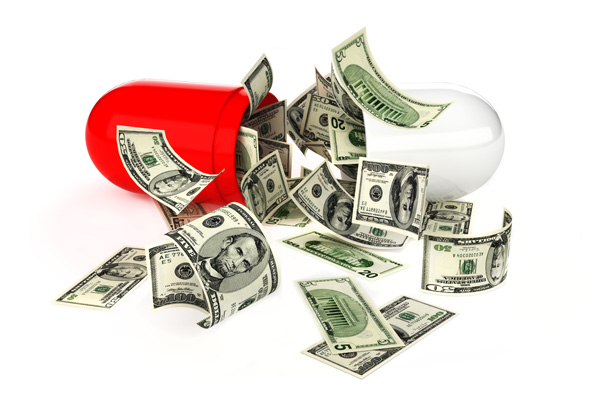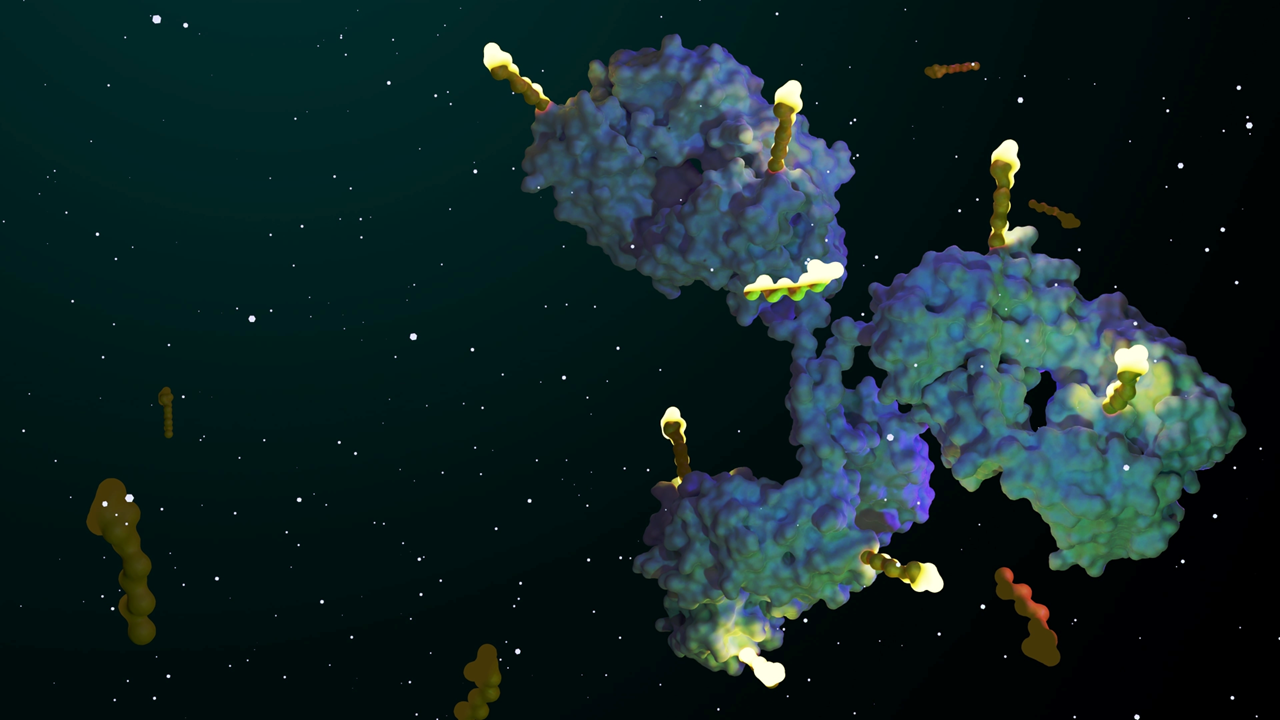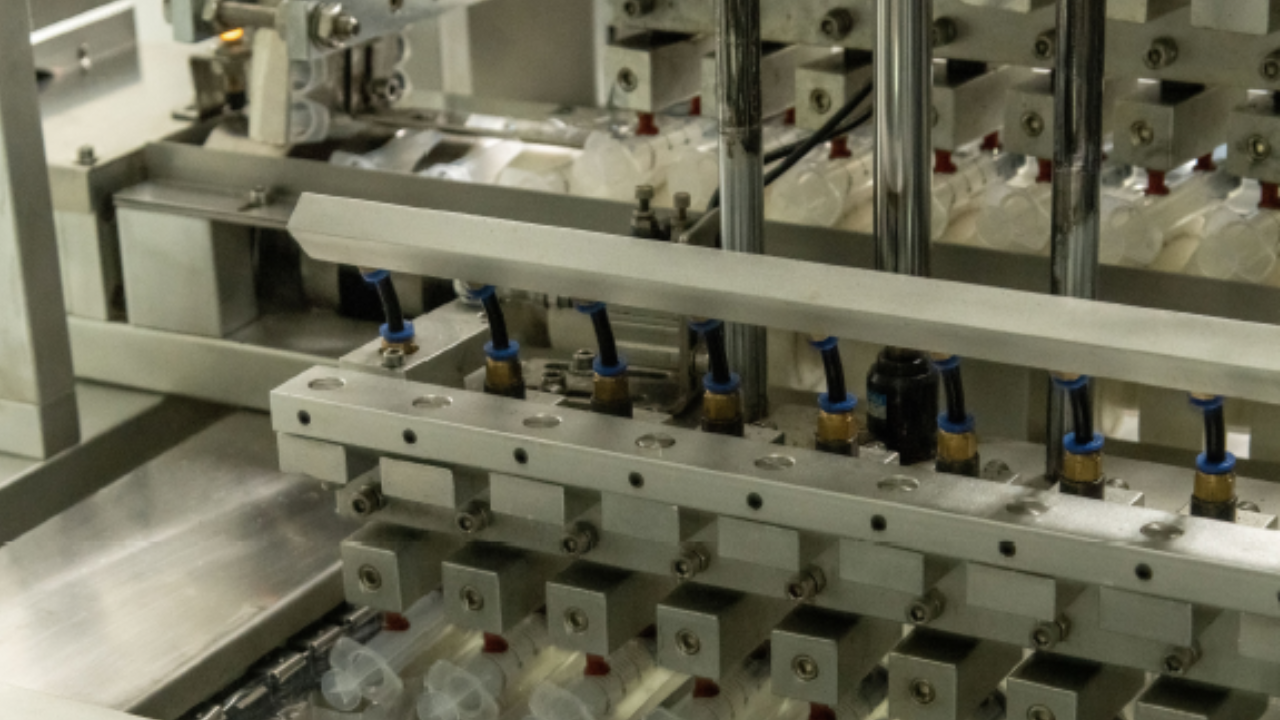For example, the now-infamous Turing Pharmaceuticals CEO, Martin Shkreli, raised the cost of the company’s antiparasitic – Daraprim – from $13.50 to $750, in the course of one day. While Shkreli has since redacted the price hike after public outrage, he initially defended the decision by saying, “This isn’t the greedy drug company trying to gouge patients; it is us trying to stay in business.”
Dramatically increasing the cost of a drug is nothing new in the pharmaceutical industry. Earlier last month, the cost of the tuberculosis treatment, cycloserine, was increased to $10,800 from $500, for a one-month supply. These examples represent a growing trend of seemingly-arbitrary price increases on old, off-patent drugs.
Steve Morgan, professor of health policy at the University of British Columbia’s School of Population and Public Health, told The Globe and Mail, “We’ve seen drug prices go to levels we’ve never conceived of – and the problem isn’t confined to older generic drugs. Many new patented brand-name medications are being introduced at prices so high they threaten the sustainability of the health-care system.”
Unlike other countries – such as those in the European Union – the US does not regulate drug prices. This means that the high cost of a drug in US would be many times cheaper in almost any other country. In the case of Daraprim, while it was selling at $13.50 per dose in the US, the same medication cost anywhere from 5 to 10 cents in India.
In an effort to curb the pharmaceutical industry’s ability to charge any amount for a drug, presidential candidate Hilary Clinton proposed instituting price caps for pharmaceutical developers. Her plan in to establish an out-of-pocket expense ceiling at $250 per month.
“It has gotten to the point where people are being asked to pay not just hundreds but thousands of dollars for a single pill,” said Clinton at a forum last month in Iowa. “That is not the way the market is supposed to work. That is bad actors making a fortune off of people’s misfortune.”
So are price caps really the answer? Some industry commentators are certain that putting a limit on how much a company can charge for its treatment will take away incentives for drug makers to develop innovative treatments, ultimately harming the patient more than the cap would protect their wallet.
According to an article in Forbes, written by cofounder and managing director of ARCH Venture Partners Seattle, Robert Nelson, “When lawmakers demagogue the price issue alone with talk of price caps and controls, markets crash, money for innovative cures dries up, clinical trials get pushed off, and people waiting for cures actually die.”
He goes on to liken the current price cap initiatives to ones proposed in 1993, and the unintended consequences of such a proposal. “No legislation was ever passed, but companies developing HIV cures and promising cancer therapies shut down,” wrote Nelson. “In the last two weeks over $150 billion of value has disappeared in biotechnology, most of it not in the companies abusing the system, but in companies developing cures for childhood leukemia, Alzheimer’s, autism, breast cancer, and AIDS.”
Instead of imposing short-sighted caps on drug prices, Nelson suggests that perhaps a ‘pay-for-performance’ system would work for drugs that can prove their effectiveness. “We also need real recognition that it is fine to reward innovators generously for creating drugs that cure people and save money,” said Nelson. “We should make no apologies for a $100,000 drug that can prove it saves society money and treats Alzheimer’s.”
If price caps aren’t the answer to the problem of skyrocketing drug prices, Craig Garthwaite, a health economist at Northwestern University’s Kellogg School of Business, offered up a few alternate solutions. “One [policy approach] would be some kind of price regulation, like what you have in electricity,” said Garthwaite. “It could be some kind of rate-of-return regulation, where manufacturers have to spend a certain amount of their returns. Those could be difficult to implement, though, because it’s a bit hard to know when something is a natural monopoly.”
“Another way to do it is have some type of public trust that produces generics – maybe a government-sponsored nonprofit. We could think a little more carefully about the fixed costs of entering these markets,” said Garthwaite. “You don’t want any drug to be able to get on the market, and obviously want some quality control, but one thing driving the lack of competition is the high cost of entry into the market.”
It’s clear that the high cost of drugs is having a direct effect on healthcare spending, limiting the amount of funds dedicated to other areas, such as hospital maintenance. In 2013, the US spent $1034 per capita, on pharmaceuticals – the highest value of any developed nation.
Compared to pharmaceutical spending 10 years ago – when $734 per capita was spent on prescription and over-the-counter medications – this represents a 140% increase in spending. Furthermore, without any rules to govern drug pricing, the exponential increase in the cost of lifesaving therapies shows no sign of slowing down.
What do you think should be done to regulate the cost of pharmaceuticals? Do you think price capping would discourage pharmaceutical companies from developing new treatments? Share your opinions in the comments section below!












Join or login to leave a comment
JOIN LOGIN